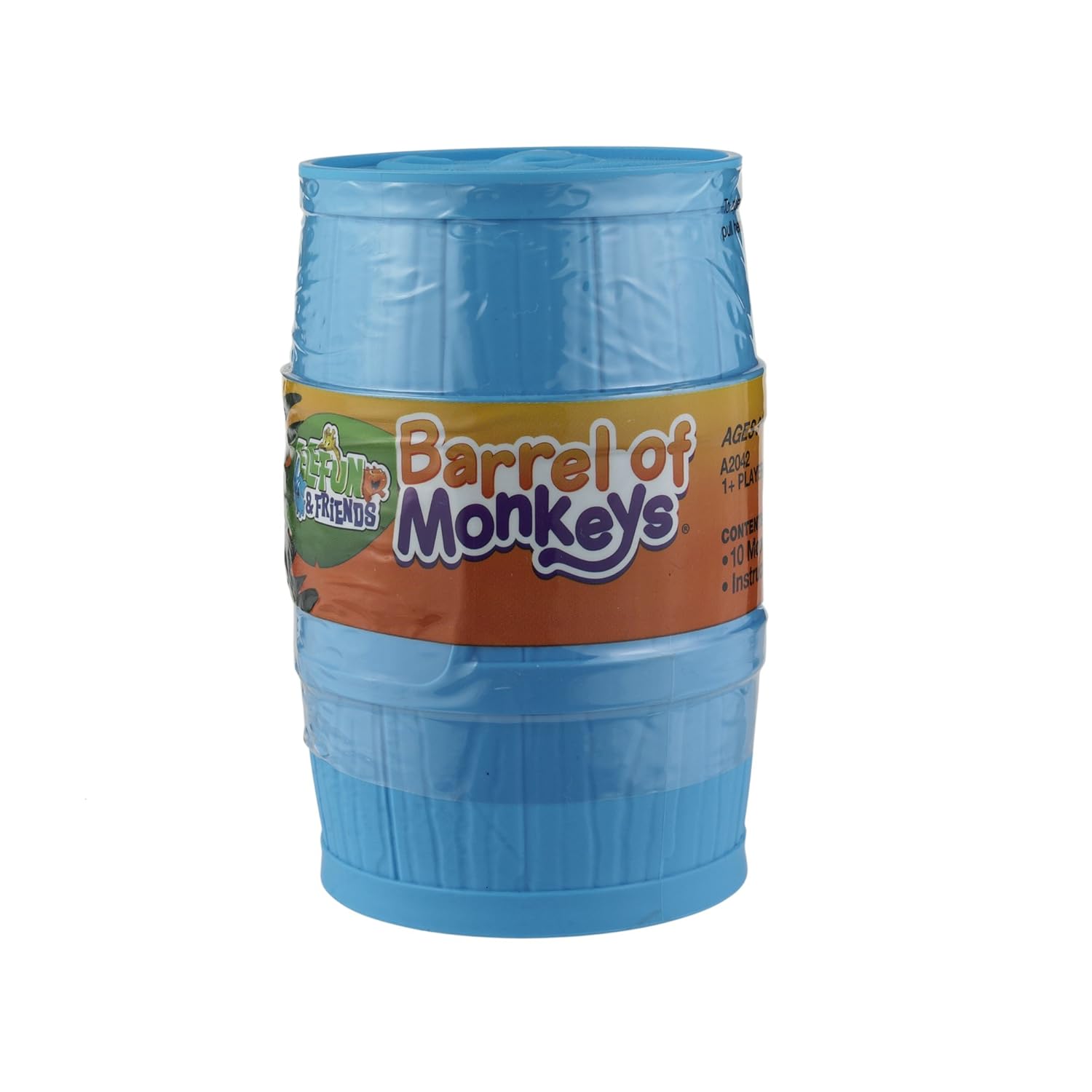{Affiliate links used.}
Se Venden Gorras is a classic book that you can use to reinforce colors, actions, and prepositions in Spanish. Let's take a quick look at what you can do with this book when teaching Spanish...
A fun activity to do with this book is TPR (Total Physical Response). There are several actions within the story that you can ask your students to perform through giving commands in Spanish. Here is a list of the actions you can use...
Dormirse, despertarse, tocarse la cabeza, buscar a la derecha (a la izquierda), buscar a espaldas, levantar la vista, señalar con
el dedo, apretar los puños, dar puntapiés, quitarse la gorra, tirarla al suelo,
arrodillarse
With these actions, you can also play Simon says.
Remember the old game, Barrel of Monkeys? This would be a great time to play that game and practice counting in Spanish.
This is a great printable you can do with your students. Give them instructions in Spanish on how many blue caps, red caps, etc. they need. Then also tell them in Spanish the order of the caps (you can make up a new order that's different from the book) that go on the peddler's head. Here are some more printables that are similar in which you can do a sequencing activity in Spanish.
Here are some free printables for the book. Yes, they are in English, but be creative and think of ways you could use them in Spanish.
Here's such a cool idea...have your students recreate the story with actual manipulatives! This idea comes from Magical Movement Company. You can find it here.
CLICK HERE for more book activities.





